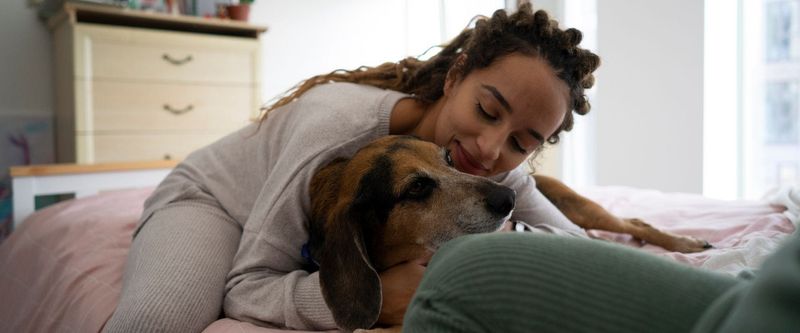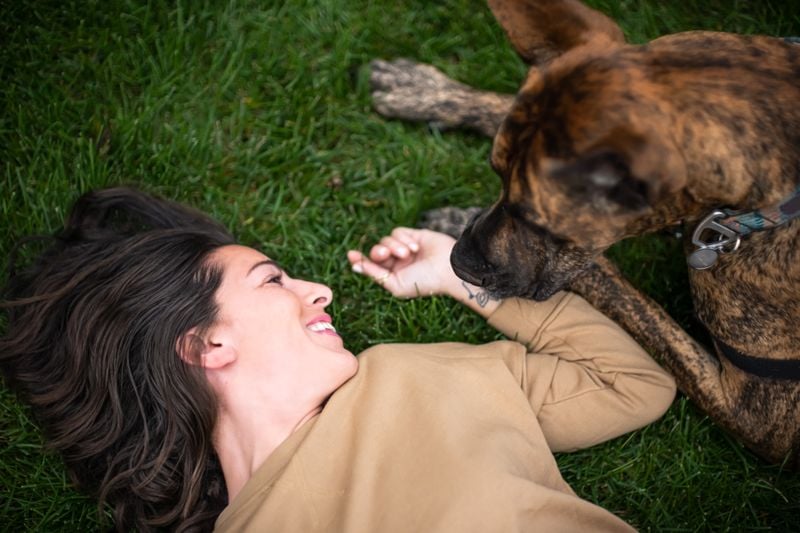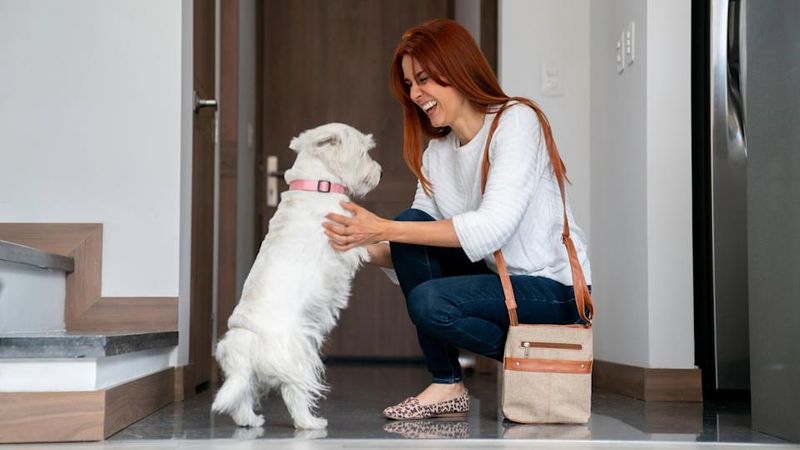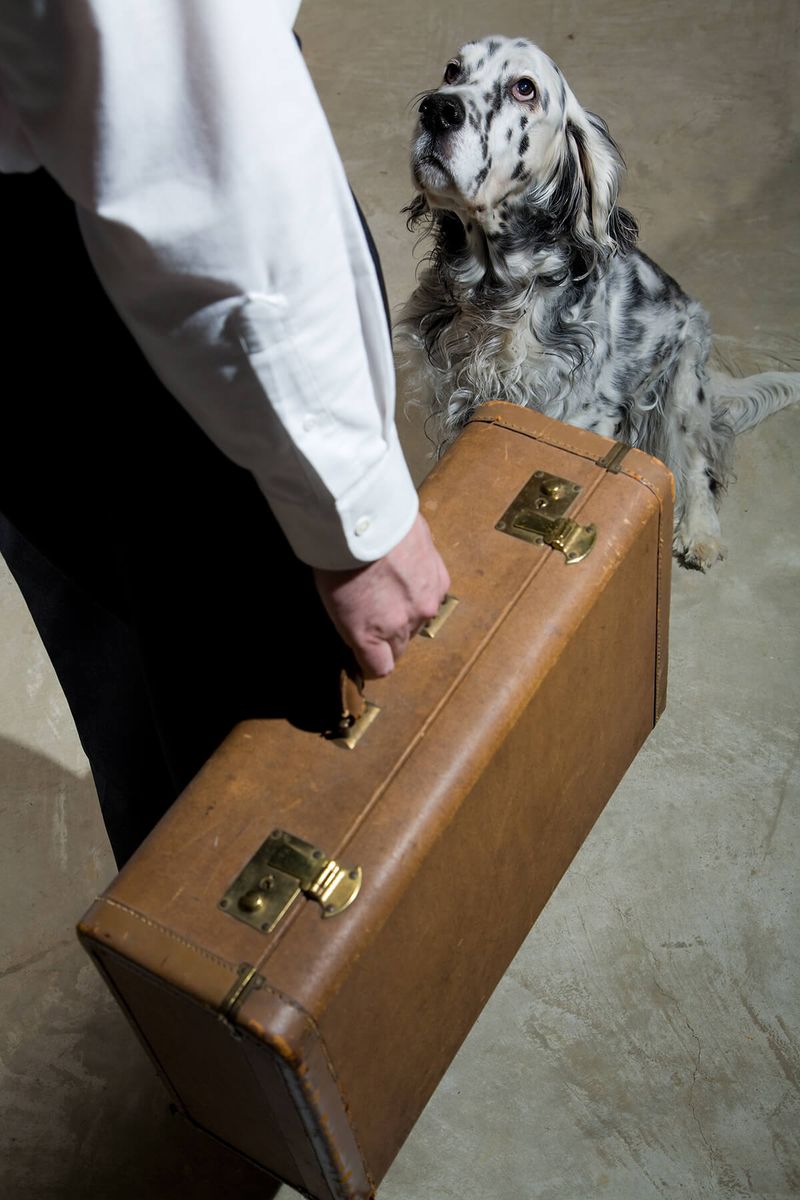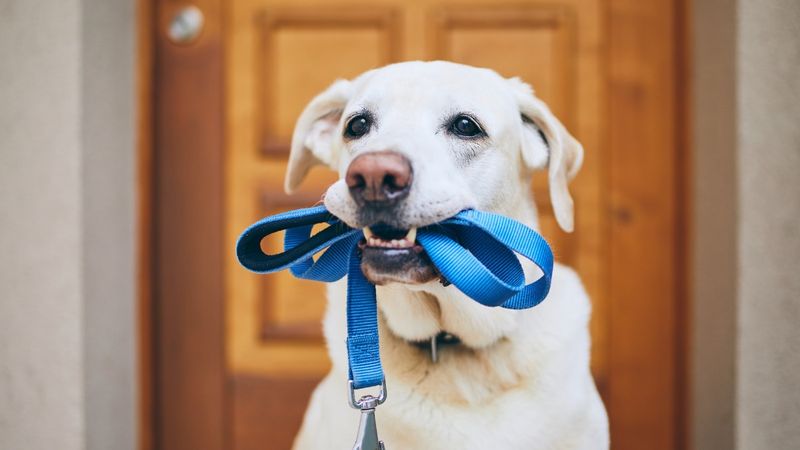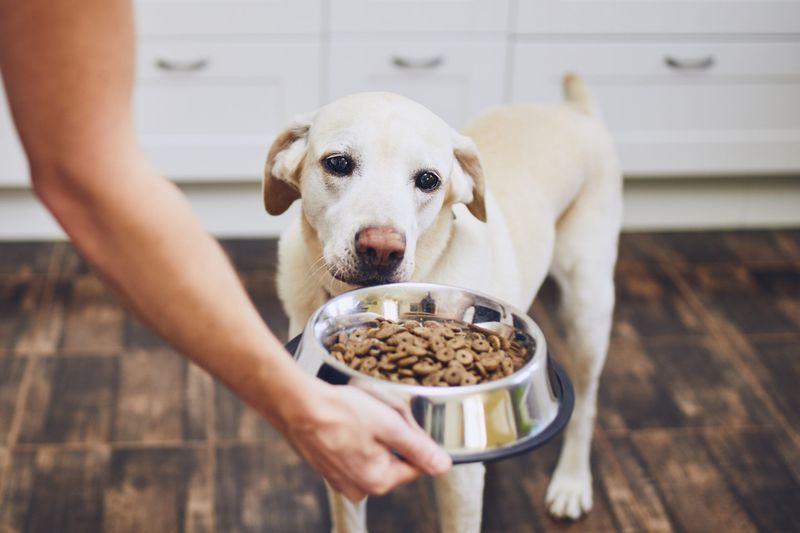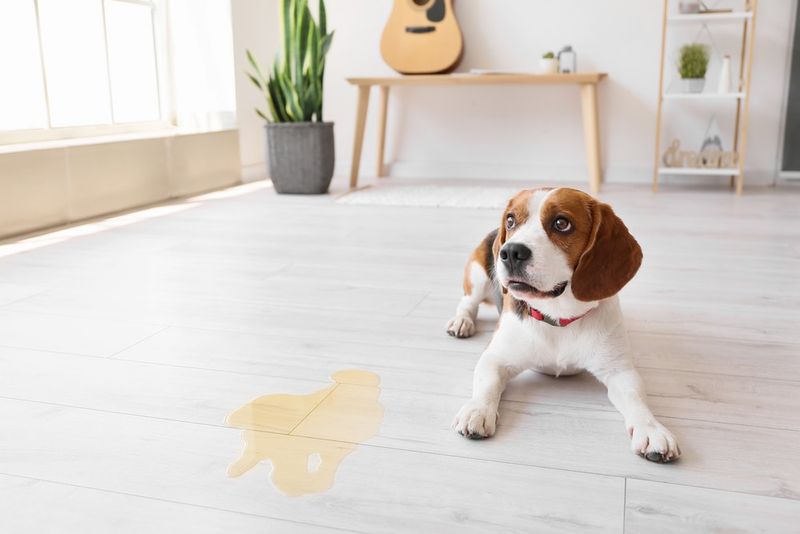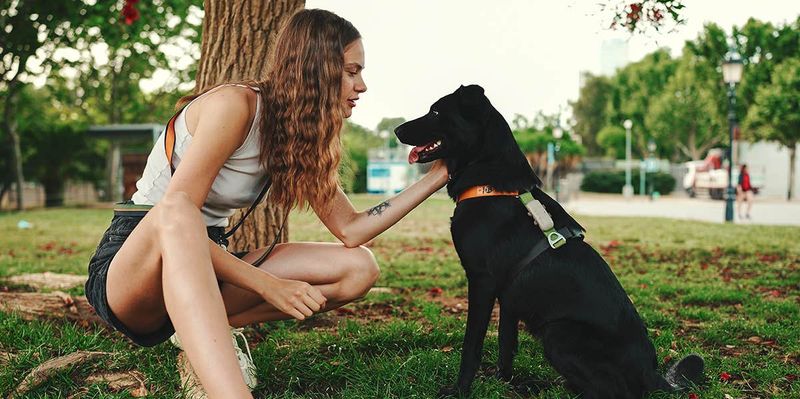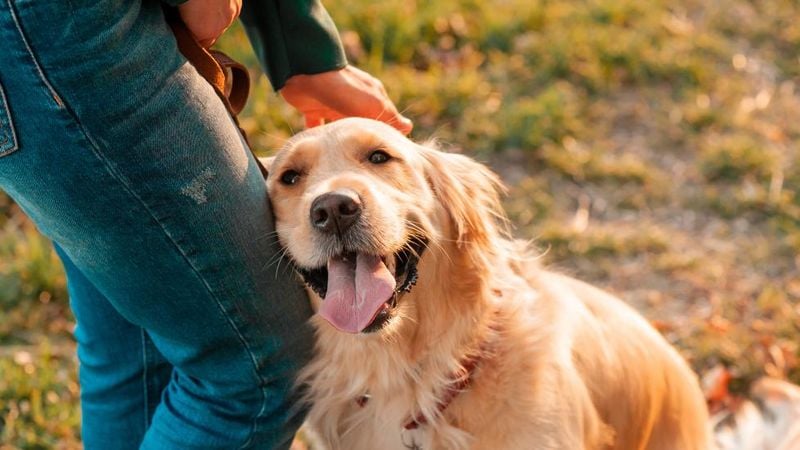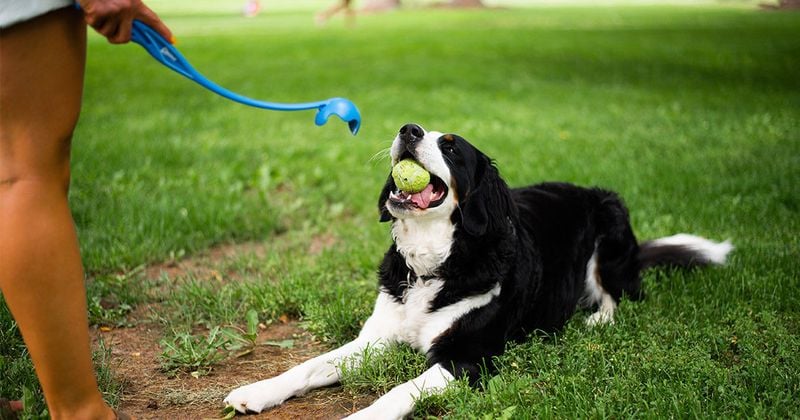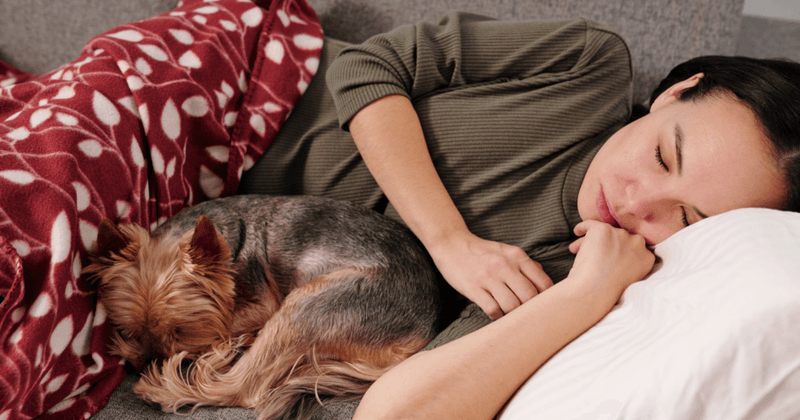You Might Forget, But Your Dog Remembers These 15 Everyday Moments
Dogs may not hold grudges or remember what they had for breakfast last Tuesday, but they’re surprisingly attentive to our daily routines and behaviors. While we hustle through our to-do lists and navigate the chaos of everyday life, our four-legged companions are observing us with quiet devotion. They don’t need a calendar or clock to understand us—they rely on emotional memory, routine, and instinct to form a deep understanding of who we are.
It’s easy to overlook just how much our dogs pick up on: a subtle change in tone, a shift in routine, a missed walk, or a lingering hug at the end of the day. These small details might seem insignificant to us, but for our dogs, they paint a vivid picture of our relationship. Over time, these repeated interactions become etched into their memory—not as isolated facts, but as emotional experiences that guide how they respond to us, trust us, and love us.
Whether it’s the way you say good morning, how you react when they’re anxious, or how often you play together, your dog remembers. These moments, woven together, create the emotional fabric of your bond. The following 15 everyday behaviors might feel routine to you, but they mean everything to your dog—and they’re quietly taking note, every single day.
1. How You Greet Them Each Morning
Morning greetings set the tone for your dog’s entire day. Whether you offer enthusiastic hellos with belly rubs or barely acknowledge them while rushing to make coffee, they notice the difference.
Dogs thrive on consistency and affection. A warm morning welcome signals safety and love, while being ignored can trigger anxiety.
Many pups wait eagerly by your bedroom door or on your bed, anticipating this daily ritual. The few seconds you spend acknowledging them creates a foundation of security that carries them through hours alone while you’re away.
2. The Sound of Your Voice
Your vocal patterns are like fingerprints to your dog. They recognize not just commands but the subtle emotional undertones in every word you speak.
Research shows dogs process both our words and our intonation in different parts of their brains. The right hemisphere analyzes tone while the left processes familiar words. This sophisticated understanding helps them gauge your mood and intentions.
Even when you’re speaking to someone else on the phone, your pup is listening and remembering. Those high-pitched “good boy” praises? They’re stored away as treasured memories that strengthen your bond.
3. How Often You Look Them in the Eye
Eye contact isn’t just meaningful for humans—it’s a powerful communication tool for dogs too. When you lock eyes with your furry friend, your brain releases oxytocin, the bonding hormone. Amazingly, the same happens in your dog’s brain!
Dogs who receive regular, loving eye contact develop deeper trust. They remember which humans engage with them this way and which don’t.
Unlike wolves who perceive direct eye contact as threatening, domesticated dogs have evolved to crave these visual connections. Your pup keeps a mental tally of these moments, using them to gauge your relationship’s strength.
4. Whether You Come Home Angry or Happy
Dogs are emotional sponges, absorbing your feelings the moment you walk through the door. That slammed door after a rough day? Your furry friend notices and remembers.
Their ability to detect emotional changes isn’t just impressive—it’s scientifically proven. Studies show dogs can smell stress hormones in our sweat and read subtle changes in our facial expressions. They’ll often modify their behavior based on your emotional state.
Happy homecomings are stored as positive memories, while tense arrivals might trigger protective behaviors or anxiety. Your dog builds patterns from these experiences, anticipating your needs before you even realize them.
5. Your Scent When You Leave
The moment you grab your keys, your dog’s powerful nose detects the subtle changes in your scent. Stress hormones, cologne, or even the smell of your workplace all tell a story about where you’re going.
Dogs have 300 million olfactory receptors compared to our measly 6 million. This incredible sense helps them catalog memories based on smell alone.
Many dogs can distinguish between your “going to work” scent versus your “quick errand” smell, allowing them to predict how long you’ll be gone. This explains why some pups start showing anxiety before you’ve even announced your departure—your body chemistry has already revealed your plans.
6. When You Skip the Walk
Missing that daily stroll might seem like a small thing to you, but your dog keeps a mental calendar of these outdoor adventures. Regular walks aren’t just bathroom breaks—they’re the highlight of your pup’s day.
Dogs thrive on routine and exercise. When you consistently skip walks, they notice patterns and may develop anxiety or behavioral issues.
Interestingly, many dogs can tell time based on their internal rhythms and environmental cues. That’s why your furry friend might start pacing or bringing the leash exactly when your usual walk time approaches. Their memory for these routines is remarkably precise.
7. What Time You Usually Feed Them
Your dog’s internal clock is incredibly accurate when it comes to mealtimes. Those pleading eyes staring at you at 5:58 PM aren’t coincidental—they remember exactly when dinner should appear.
This time-keeping ability stems from a combination of routine recognition and physiological hunger cycles. Dogs create associations between specific times of day and the wonderful moment food appears.
Even changes in daylight saving time can throw off your pup’s expectations temporarily. Many owners report their dogs continuing to demand meals at the “old” time for days after clocks change. This remarkable memory for feeding schedules demonstrates how closely they monitor and remember our daily patterns.
8. How You Act When They’re Scared
Thunderstorms, fireworks, or strange noises—your dog remembers exactly how you respond when they’re frightened. Do you comfort them or dismiss their fears?
Your reaction during these vulnerable moments creates lasting impressions. Dogs who receive calm reassurance during scary situations learn to trust their humans as protectors.
Contrary to old myths, you can’t reinforce fear by offering comfort. Your steady presence during frightening events actually helps your dog build confidence. They store these memories of being supported (or not) and use them to predict how safe they’ll feel during future scary moments.
9. Your Reactions to Their Accidents
Finding a surprise on the carpet tests any pet owner’s patience. Yet how you respond to these incidents leaves a lasting impression on your furry friend.
Dogs don’t understand punishment after the fact—they live in the present. That guilty look isn’t admission of wrongdoing but rather a response to your body language and tone. They remember how you’ve reacted previously and anticipate similar responses.
Positive reinforcement when they get it right creates stronger memories than scolding when they make mistakes. Your consistent, calm approach to accidents helps build trust while teaching proper habits. These moments shape how confident your dog feels about communicating their needs.
10. The Words You Use (and How You Use Them)
“Walkies,” “treat,” “dinner”—your dog doesn’t just recognize these words; they treasure them. Studies show the average dog understands about 165 human words, but what’s more impressive is how they remember the emotional context behind them.
Dogs pay attention to both what you say and how you say it. The same word delivered with different tones can convey entirely different meanings to your four-legged friend.
They’re particularly sensitive to name recognition, both their own and the names of family members. Many dogs can retrieve specific toys by name simply because they’ve created strong word-object associations through repeated positive experiences.
11. How Long You’re Away
Ever wonder why your dog acts differently when you return from a two-week vacation versus a two-hour grocery run? They’re keeping track of your absence duration with surprising accuracy.
While dogs don’t check watches, they gauge time through changes in scent concentrations, hunger cycles, and light patterns. Your scent gradually fades while you’re gone, giving them a chemical timeline of your absence.
Long separations are particularly memorable for dogs. The intensity of their greeting often correlates with time elapsed—that wild welcome after your vacation isn’t just excitement but relief that their beloved human has finally returned after what felt like forever.
12. The Way You Touch Them
Gentle strokes, rough pats, or hesitant touches—your dog catalogs every physical interaction. Their skin contains specialized nerve receptors specifically evolved to respond to affectionate touch.
Most dogs remember which family members give the best belly rubs versus who tugs too hard during playtime. These tactile memories influence who they seek out when needing comfort.
Touch is so powerful for dogs that positive physical contact reduces stress hormones and increases oxytocin. When you consistently touch your dog with kindness, you’re not just showing affection—you’re creating biochemical memories in their brain that strengthen your bond and build their sense of security.
13. How You Act Around Other People or Pets
Your dog watches your social interactions like a furry anthropologist. They notice how your voice changes when greeting certain people or how your body tenses around specific dogs at the park.
This social observation isn’t just curiosity—it’s survival intelligence. Dogs use your reactions as shortcuts to determine who’s friend or foe. If you’re relaxed around someone, your dog learns they’re probably safe too.
Your pup remembers which visitors receive warm hugs versus polite handshakes. They often mirror your social preferences, becoming more cautious around people you seem to distrust. This remarkable emotional intelligence explains why dogs sometimes seem to be excellent judges of character.
14. How Often You Play With Them
Playtime isn’t just fun for your dog—it’s fundamental to their emotional well-being. They keep a mental tally of fetch sessions, tug-of-war matches, and interactive games.
Regular play builds more than just physical health; it creates trust and strengthens your communication system. Dogs who play frequently with their humans show lower stress levels and fewer behavioral problems.
Your pup remembers which toys you’re willing to engage with and which games you enjoy most. They’ll often bring these preferred items when seeking connection. This isn’t random—it’s strategic behavior based on stored memories of what successfully initiates shared joy between you.
15. Whether You Let Them Sleep Near You
Sleeping arrangements might seem trivial to humans, but for dogs, they’re deeply significant. Your decision about whether your pup sleeps on your bed, in your room, or elsewhere in the house communicates volumes about their place in your pack.
Dogs are naturally social sleepers. In the wild, pack members sleep together for warmth and protection.
The vulnerability of sleep creates powerful bonding opportunities. Dogs allowed to sleep near their humans often show stronger attachment and greater confidence. They remember these nighttime boundaries clearly, which explains why a dog allowed on the bed just once might stubbornly try to claim that spot forever.

